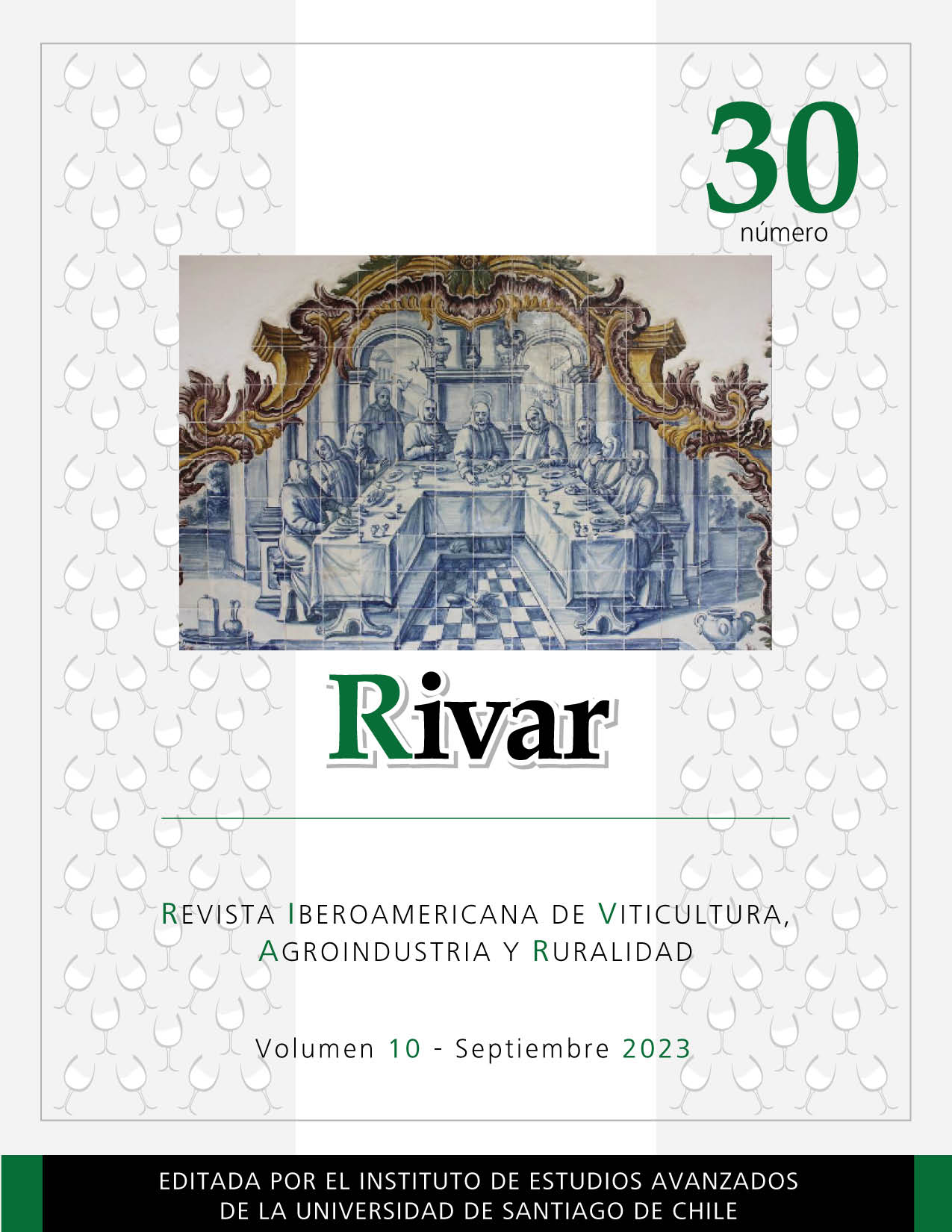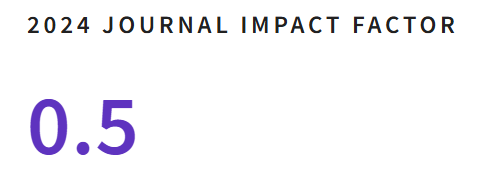El ámbito del mercado ¿un lugar para los productores a pequeña escala?
DOI:
https://doi.org/10.35588/rivar.v10i30.5678Palabras clave:
mito del mercado, Turquía, mercados agrarios, mecanismo de preciosResumen
Los programas de ajuste estructural (SAPs) aplicados desde los años 80 en Turquía se han centrado en la promoción de la dependencia de las fuerzas del mercado y la eliminación de los subsidios gubernamentales en créditos, insumos y precios. De este modo, los productores se han visto involucrados en un amplio número de relaciones simultáneas de intercambio en diversos mercados y han desarrollado vinculaciones institucionales con múltiples agentes. El presente estudio ofrece un detallado análisis sobre la consideración de los mercados por los propios productores y los efectos significativos de estas relaciones de intercambio para su subsistencia. Dicho análisis se basa en un estudio de campo longitudinal efectuado mediante observación participante desarrollada en las aldeas de Karacabey (Bursa) al noroeste de Turquía desde diciembre 2009. Se recopilaron datos de tipo cuantitativo y cualitativo por medio de 83 entrevistas exhaustivas con granjeros, productores y funcionarios del estado en las que se aplicó una técnica de muestreo de bola de nieve. Los hallazgos sugieren que se debería buscar la manera de involucrar a los pequeños productores en los procesos de decisión para organizar los mercados de un modo más democrático; de este modo, se reconfiguraría la formulación de políticas hacia formas más participativas, transparentes y responsables.
Descargas
Referencias
Akram-Lodhi, A.H. (2007). “Land, Markets and Neoliberal Enclosure: An Agrarian Political Economy Perspective.” Third World Quarterly 28(8): 1437-1456. DOI https://doi.org/10.1080/01436590701637326
Akrich, M. (1992). “The De-Scription of Technical Objects.” In Bijker, W. and Law, J. (Eds.). Shaping Technology / Building Society. Cambridge, MIT Press.
Araghi, F. (2000). “The Great Global Enclosure of our Times: Peasants and the Agrarian Question at the End of the Twentieth Century.” In Hungry for Profit: The Agribusiness Threat to Farmers, Food, and the Environment. New York, Monthly Review Press: 145-160.
Barry, A. (2002). “The Anti-Political Economy.” Economy and Society 31(2): 268-284.
Bernstein, H. (1994). “Agrarian classes in capitalist development.” In Capitalism and Development, London, Routledge: 40-71.
Bhaduri, A. (1986). “Forced commerce and agrarian growth.” World Development 14(2): 267-272.
Buckland, J. (2004). Ploughing Up the Farm: Neoliberalism, Modern Technology and the State of the World’s Farmers. New York, Zed Books.
Callon, M. (2007). “What does it mean to say that economics is performative?” In MacKenzie, D.; Muniesa, F. and Siu, L. (Eds.). How Economists Make Markets: The Performativity of Economics. Princeton, Princeton University Press.
Cronon, W. (1992). Nature’s Metropolis: Chicago and the Great West. New York, WW Norton & Company.
Crow, B. (2003). Markets, Class and Social Change: Trading Networks and Poverty in Rural South Asia. New York, Palgrave.
Çalışkan, K. (2010). Market Threads: How Cotton Farmers and Traders Create a Global Commodity. Princeton, Princeton University Press.
____. (2007). “Price as a Market Device: Cotton Trading in Izmir Mercantile Exchange.” Sociological Review 55(2): 241-260. DOI https://doi.org/10.1111/j.1467-954x.2007.00738.x
Çalışkan, K. and Callon, M. (2010). “Economization, Part 2: A Research Programme for the Study of Markets.” Economy and Society 39(1): 1-32. DOI https://doi.org/10.1080/03085140903424519
____. (2009). “Economization, Part 1: Shifting Attention from the Economy Towards Processes of Economization.” Economy and Society 38(3): 369-398. DOI https://doi.org/10.1080/03085140903020580
Ellis, F. (1992). Peasant Economics: Farm Households and Agrarian Development. Cambridge, Cambridge University Press.
Harriss-White, B. (2007). Rural Commercial Capital: Agricultural Markets in West Bengal. Oxford, Oxford University Press.
____. (1999). “Power in Peasant markets”. In Harriss-White, B. (Ed.). Agricultural Markets from Theory to Practice: Field Experience in Developing Countries. London, Palgrave Macmillan: 261-286.
Latour, B. (2005). Reassembling the Social: An Introduction to Actor Network Theory. Oxford, Oxford University Press.
McMichael, P. (Ed.). (1994). The Global Restructuring of Agro-food Systems. Cornell, Cornell University Press.
Moore, M. (1994). “How Difficult is it To Construct Market Relations? A Commentary on Platteau.” The Journal of Development Studies 30(3): 818-830. DOI https://doi.org/10.1080/00220389408422339
Platteau, J.P. (1994). “Behind the Market Stage Where Real Societies Exist - Part I: The Role of Public and Private Order Institutions.” The Journal of Development Studies 30(3): 533-577. DOI https://doi.org/10.1080/00220389408422328
Ruben, R. and Bastiaensen, J. (2000). “Introduction”. In Ruben, R. and Bastiaensen, J. (Eds.). Rural Development in Central America: Markets, Livelihoods and Local Governance. New York, St. Martin’s Press: 1-20.
Spoor, M. (Ed.). (1997). The ‘Market Panacea’: Agrarian Transformation in Developing Countries and Former Socialist Economies. London, Intermediate Technology Publications.
Wood, E.M. (2000). “The agrarian origins of capitalism”. In Magdoff, F.; Bellamy, J. and Buttel, F.H. (Eds.). Hungry for Profit: The Agribusiness Threat to Farmers, Food, and the Environment. New York, Monthly Review Press: 23-41.
World Bank (2000-2001). World Development Report: Attacking Poverty. DOI https://doi.org/10.1596/0-1952-1129-4









